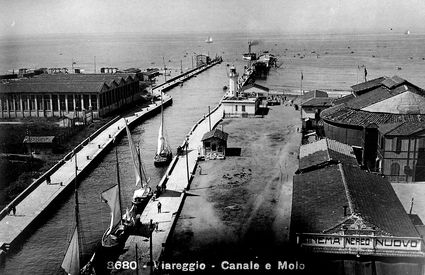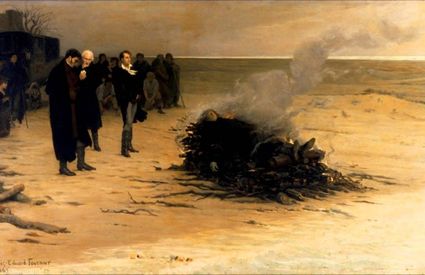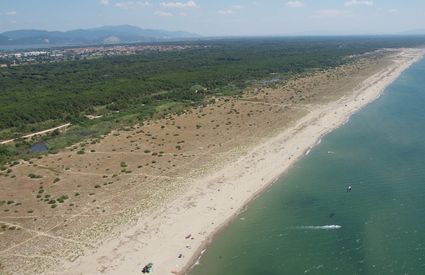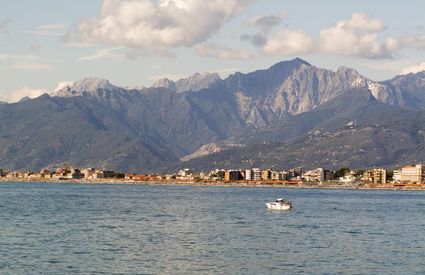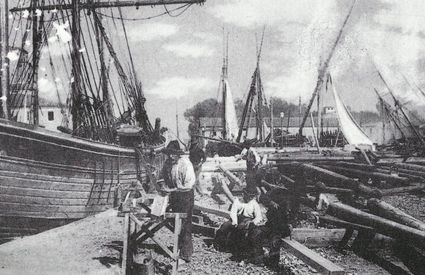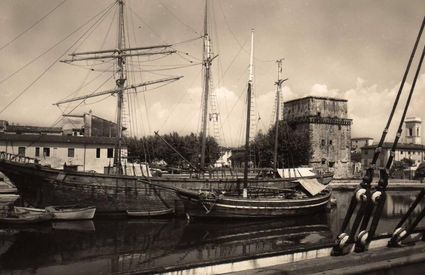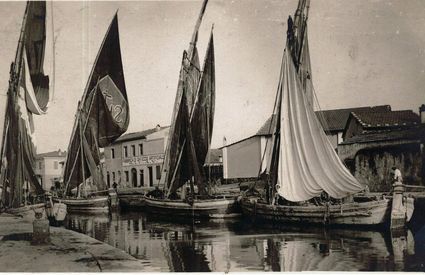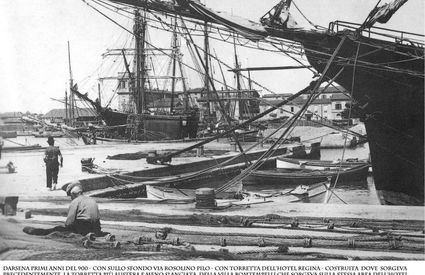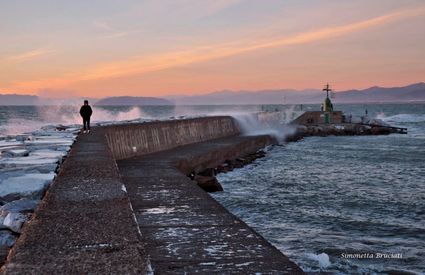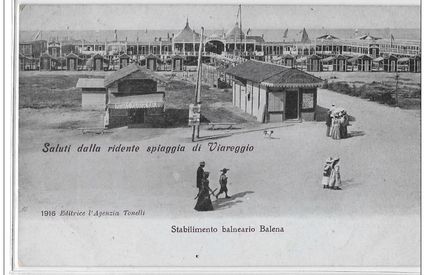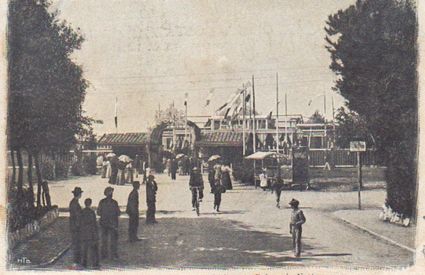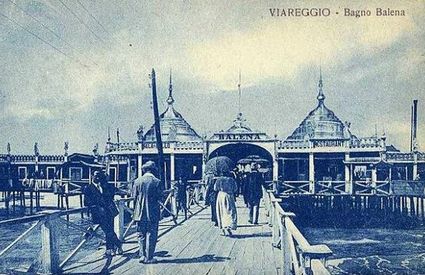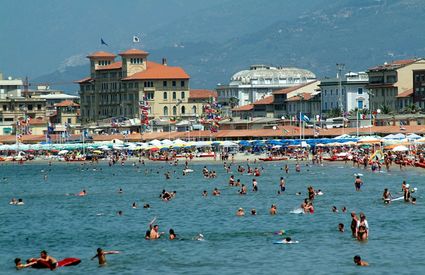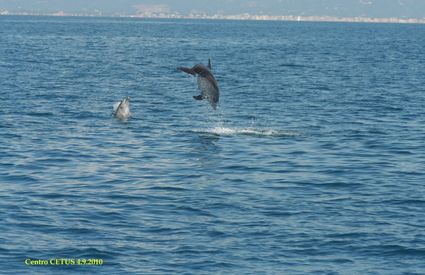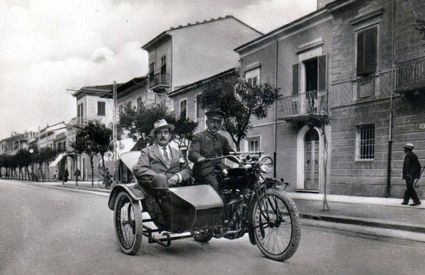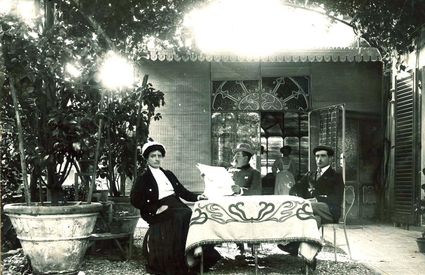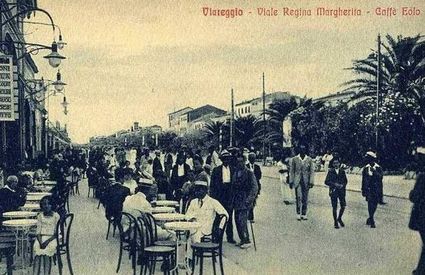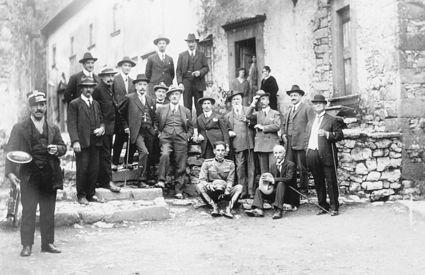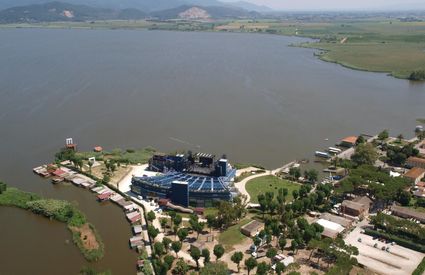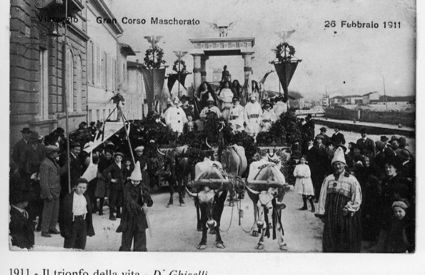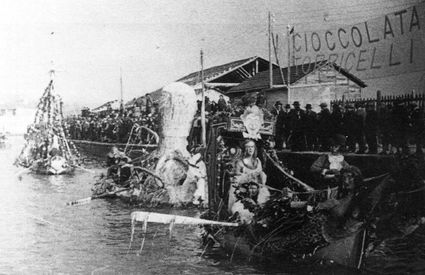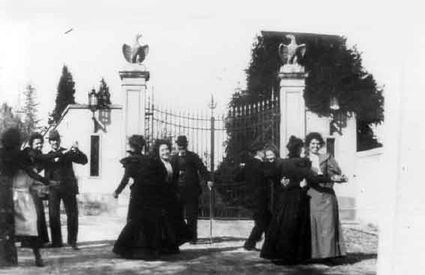Viareggio
Artists, sailors and poets
Where the sky meets the sea
Artists, sailors and poets
Where the sky meets the sea
Viareggio Land of the devil
They called it the devil's land because it raged with malaria . Viareggio was still a small fishing village then. For centuries they tried to control the marshlands that extended along their borders, but it was only in 1740 that engineer Zendrini found a solution for the reclamation of the marsh with the construction of a barrier that stopped the salt waters of the sea from mingling with those of the lake. In a few years the air became cleaner and the town changed completely. Those barriers are still in place as a reminder of the tenacity of the people, who learnt to resist the forces that worked against them.
Maria Luisa Borbone and the maritime
In 1819, M.L. Borbone ordered the construction of a small dock. When a boat from Viareggio arrived in the Mediterranean ports, the sailors recognized it by sight. It was said that the ships moved in the sea light as seagulls. In 1907 the brig Nelly arrived on the Thames. The British, among the most skilled sailors in the world, decided to buy it. They kept the Nelply not to sail it, but docked for teaching purposes.
The baths
O Viareggio more beautiful than the Orient
Who resides in that heaven of your evenings
Exhales the sharp scent of oleander,
In thee I am born
In you I hope to die
Viareggio's baths were built in the early 1800s when medical theories brought to light the therapeutic benefis of sea air and bathing. The first building was rudimentary huts of sedge then replaced by wooden stilts arranged in a horseshoe that jutted into the sea. They were built by shipwrights and carpenters who with their talent gave birth to the famous Viareggio sail boats. The ornamental motifs were reminiscent of the forms and architectural styles of the eastern civilizations visited by sailors during their travels. In short, the city changed its face, and what was precarious and ephemeral gave way to seaside resorts and the magical modern structures that testify to the taste of its population caught between eclectic, Liberty, Art Deco and the imagination.
Puccini, the operas, the lake
A place of endless inspiration for artistic genius Puccini, who wrote most of his operas here. The Massaciuccoli Lake offers a taste of the romantic life of the Maestro, who stayed here in search of delicate atmospheres and lustful sunsets. During the summer months perfumed with notes of the Orient that spread from the Grand Theatre, carried away by emotions that would have arisen, it's easy to see the Maestro chose this place ahead of all others.
The Carnevale
Viareggio is famous for its beach, for its mild climate and beautiful landscape, but above all for its Carnevale. Rising to become an important international event, the Carnevale celebrates over a hundred years of lightheartedness and vibrancy . The float parade on the promenade, giants of papier-mâché and imagination seem to speak to those below, telling them that life is so full and mysterious that the best advice is to seek your own simple happiness.


